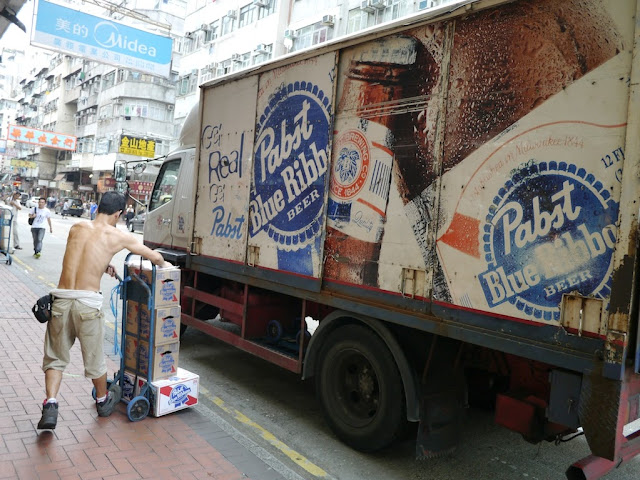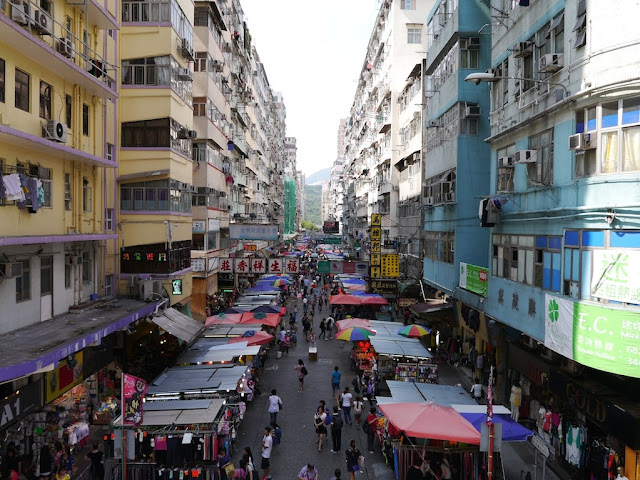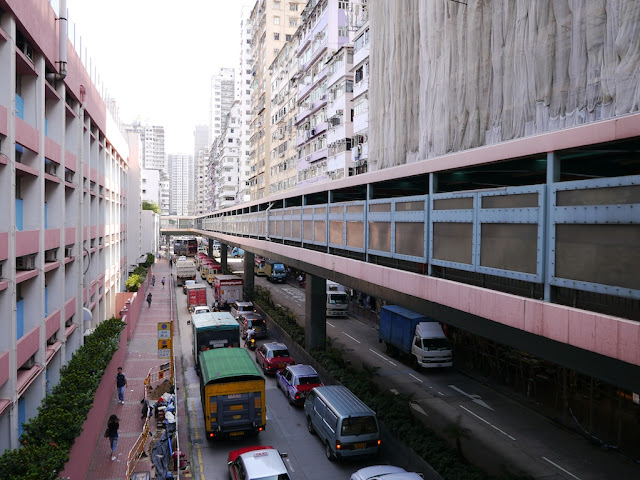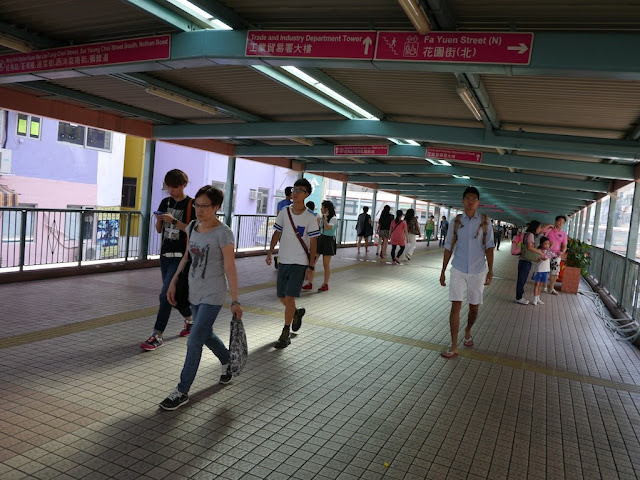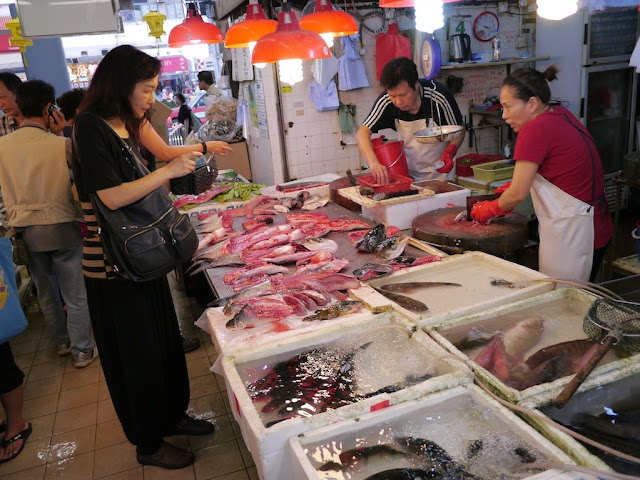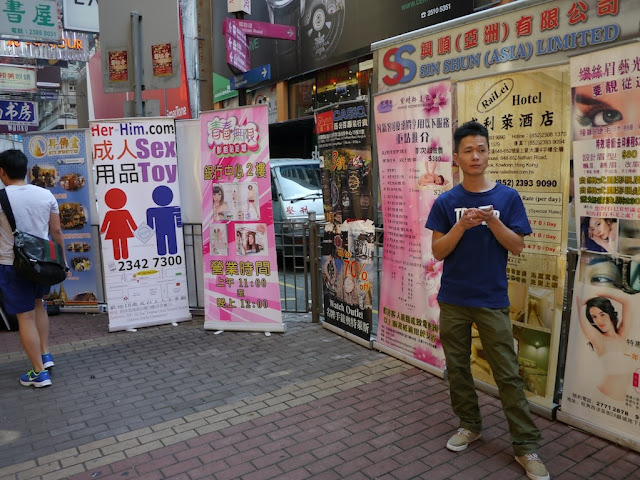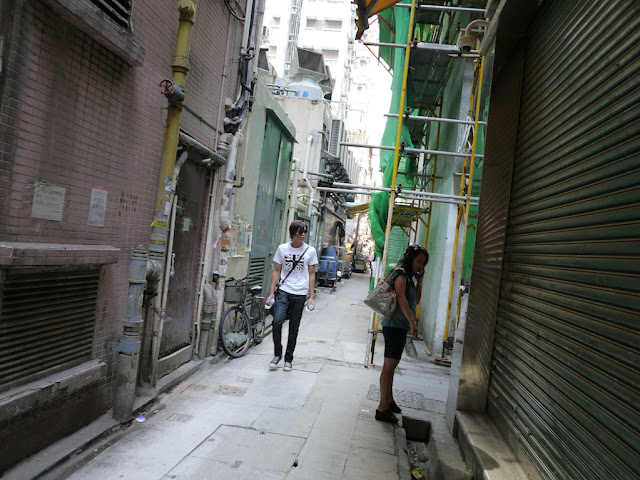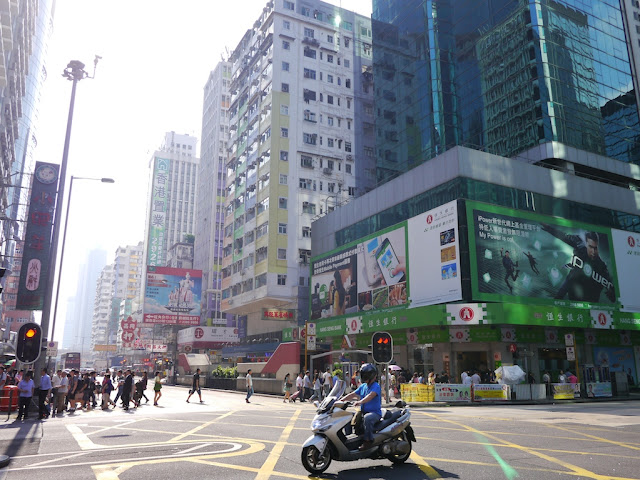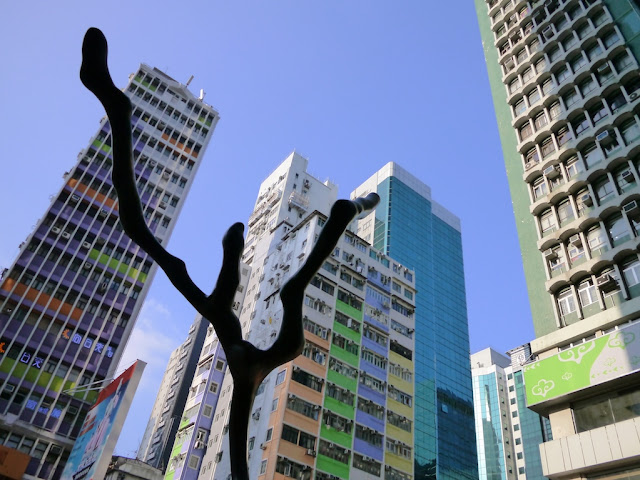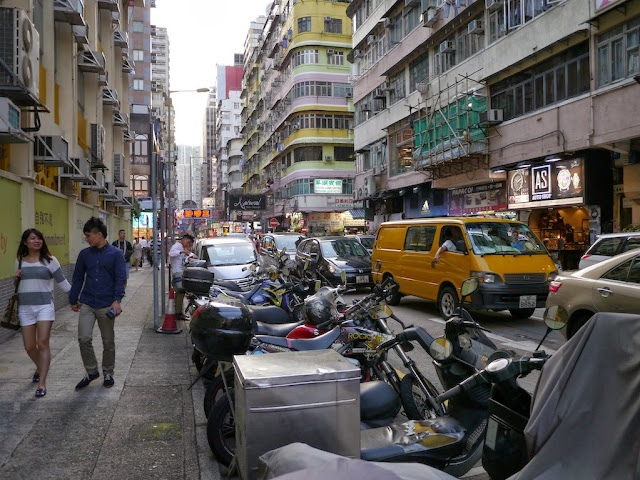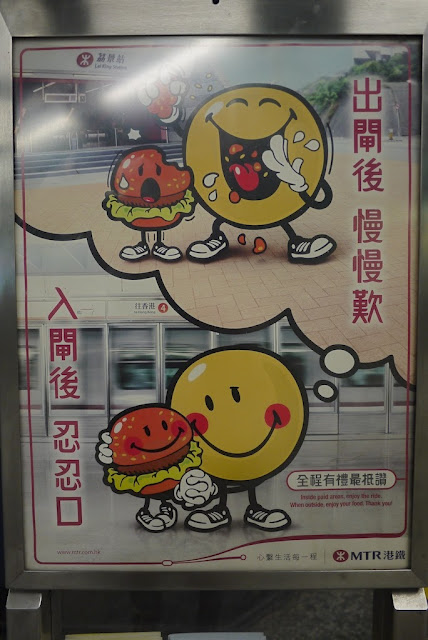As I looked up at some buildings in Hong Kong the other day, by chance I noticed an airplane which presumably had departed from Hong Kong International Airport located far outside of the city center.
It brought to mind the more dramatic views of airplanes in city scenes that were a regular occurrence in Hong Kong when its Kai Tak Airport was open in central Kowloon. Kai Tak is now a cruise ship terminal but mention of the airport can still stir the memories of Hong Kong natives and visitors. For more about the airport, Hong Wrong compiled a "visual history" of Kai Tak, Unforbidding City detailed the challenging approach facing pilots landing at Kai Tak, and CNN interviewed Hong Kong resident and aviation photographer Daryl Chapman and shared several of his photographs of planes in Hong Kong.
And finally, a recent tweet reminded me of a video that shows some of what made Kai Tak special accompanied by music from the fictional 1964 British Second World War film 633 Squadron:
It brought to mind the more dramatic views of airplanes in city scenes that were a regular occurrence in Hong Kong when its Kai Tak Airport was open in central Kowloon. Kai Tak is now a cruise ship terminal but mention of the airport can still stir the memories of Hong Kong natives and visitors. For more about the airport, Hong Wrong compiled a "visual history" of Kai Tak, Unforbidding City detailed the challenging approach facing pilots landing at Kai Tak, and CNN interviewed Hong Kong resident and aviation photographer Daryl Chapman and shared several of his photographs of planes in Hong Kong.
And finally, a recent tweet reminded me of a video that shows some of what made Kai Tak special accompanied by music from the fictional 1964 British Second World War film 633 Squadron:



